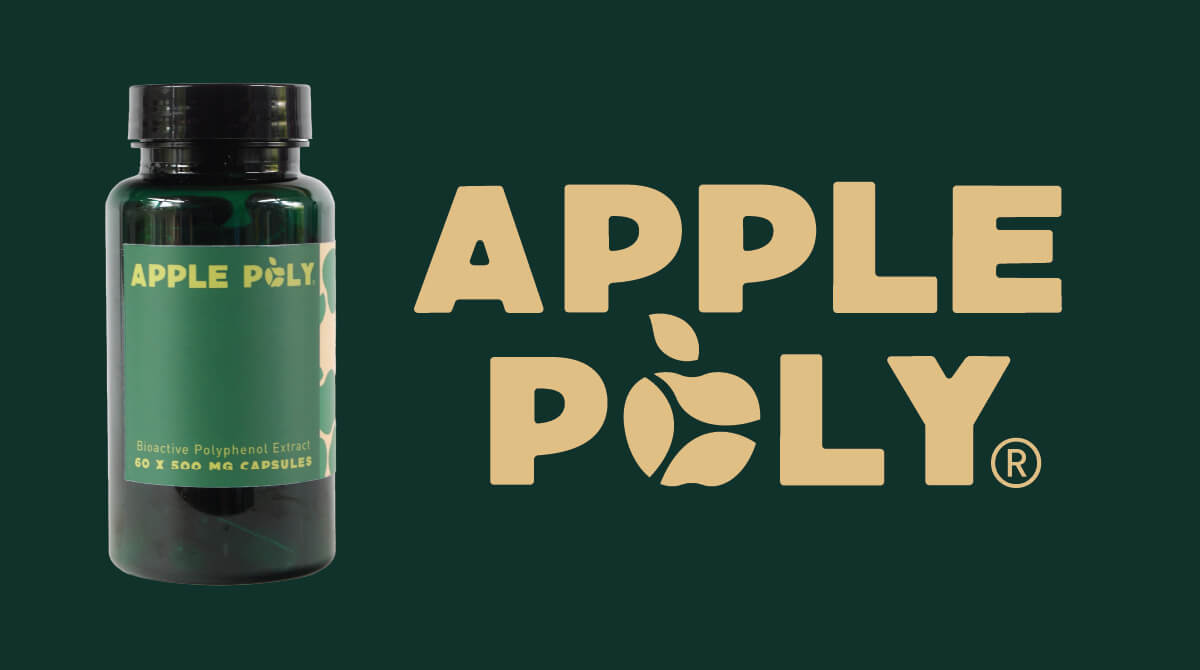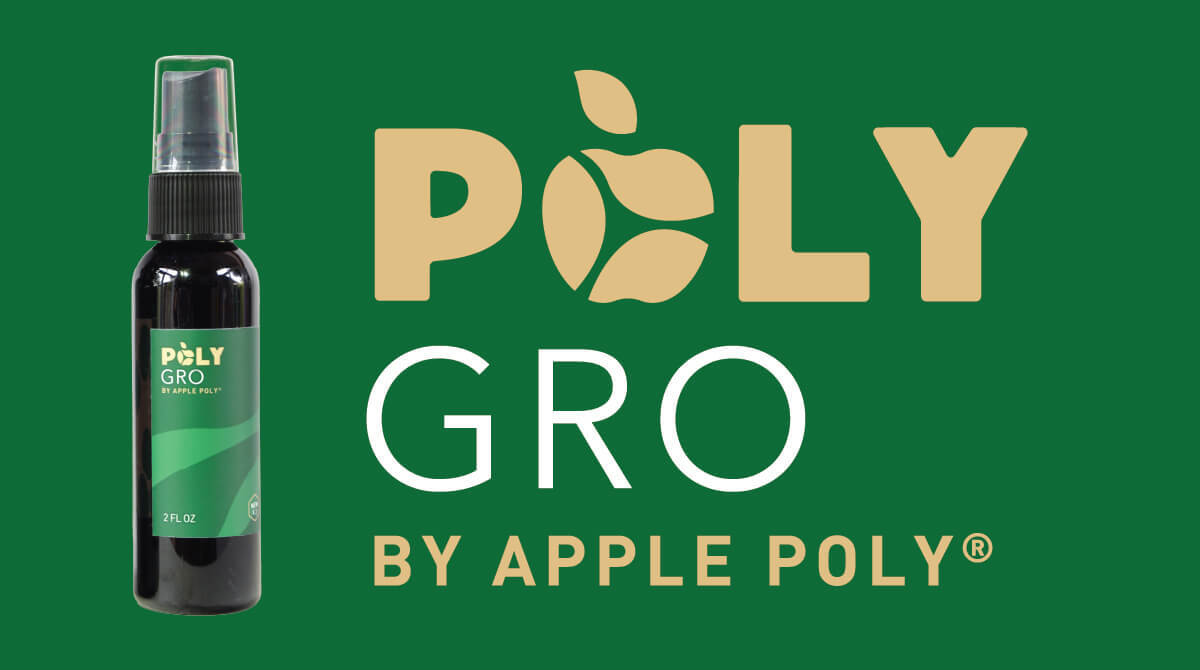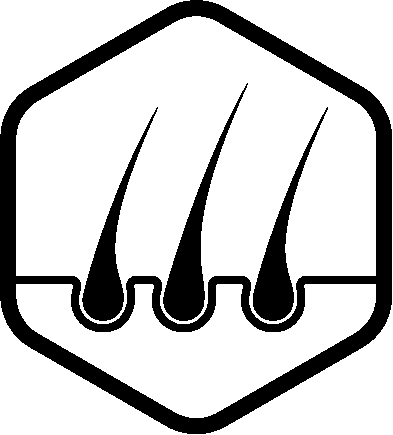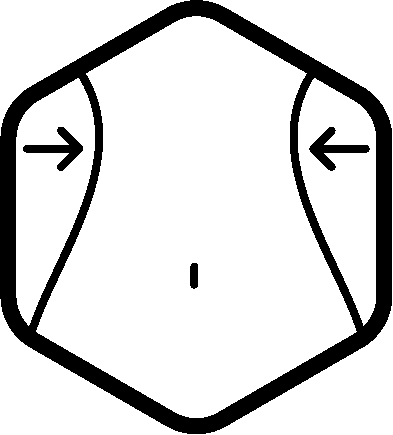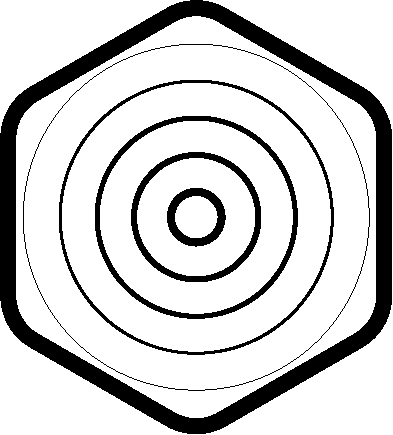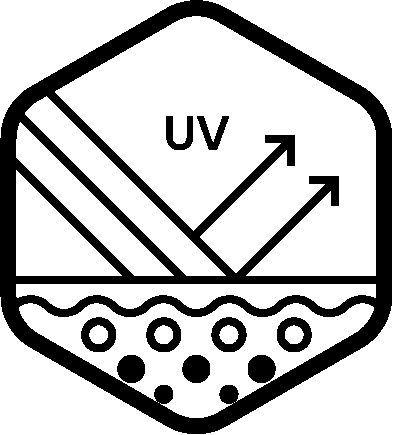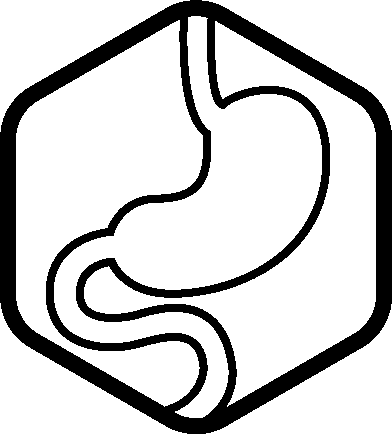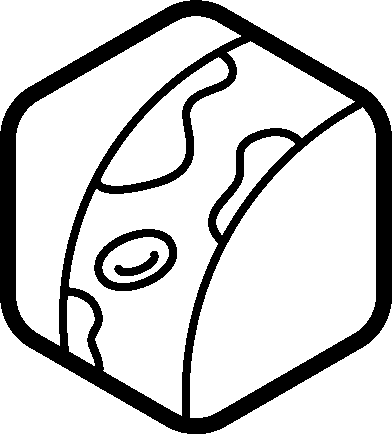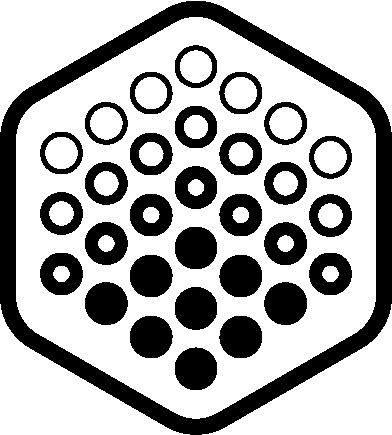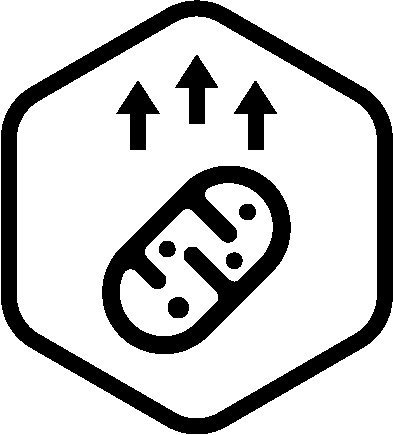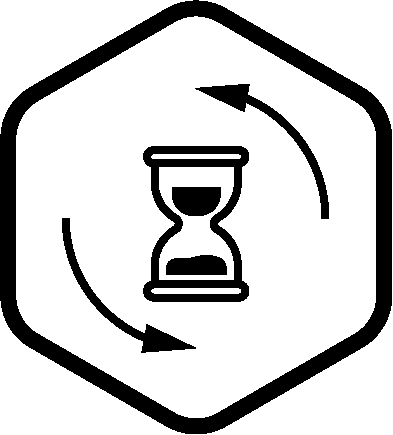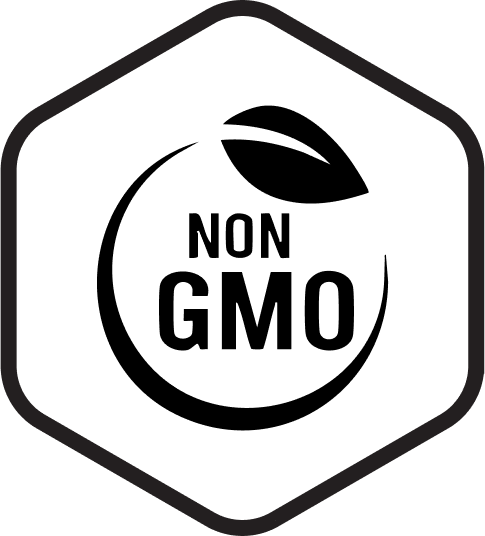2012-12-01
Healthy adult volunteers (n≈6–47) consuming fresh apples, apple juice, or polyphenol-rich extracts
Narrative review
Varies by study. Several studies compare apple polyphenol effects to equivalent dosages of vitamin C or E, using ORAC, FRAP, DPPH, ABTS, and LDL oxidation assays.
Why is this study important? In this comprehensive 2013 review, apple polyphenols are not confined to general antioxidant roles— they modulate gene expression, intracellular signaling, and metabolic pathways tied to inflammation, glucose uptake, and lipid metabolism. Procyanidins are presented as the most potent and important polyphenol class— inhibiting oxLDL formation, preserving endothelial integrity, and increasing insulin sensitivity. Apple procyanidins preserve vitamin E, prevent foam cell (plaque-forming) formation, protecting against early atherosclerosis. Chlorogenic acid suppresses fatty acid synthesis, reduces visceral fat storage, and improves glucose tolerance. Phloridzin inhibits SGLT1 and renal glucose reabsorption, lowering blood glucose in diabetic animal models. A rare catechin polyphenol maintains nitric oxide bioavailability and scavenges superoxide radicals. Together, these potent polyphenols work to detoxify, protect, and improve a surprising range of the fundamental processes of your cells, tissues, and organ systems.
In Plain English: This chapter explains how apples contain powerful plant nutrients—called polyphenols—that may help fight aging, heart disease, diabetes, and other age-related problems. It shows that different parts of the apple (like the peel) contain different helpful compounds. Some of these can block inflammation, slow down cell damage, or help your body use insulin better. They also activate beneficial gene expression, and stimulate key detoxifying enzymes in your cells.
For Medical Professionals: This narrative review aggregates preclinical and epidemiological studies linking apple-derived polyphenols—including procyanidins, quercetin glycosides, chlorogenic acid, and phloridzin—to cardiometabolic and anti-carcinogenic outcomes. Mechanisms include LDL oxidation inhibition, scavenging of reactive oxygen species, gene expression modulation (e.g., IL-6, VCAM-1, HO-1), improvement of endothelial function, inhibition of α-glucosidase/SGLT1, and apoptosis induction via caspase-mediated pathways. Since publication, several of its mechanistic hypotheses (NF-κB inhibition, procyanidin-induced apoptosis, LDL oxidation reversal) have gained further empirical support in both human and mouse models. This chapter remains a go-to primer for narrative architecture around apple polyphenols—and a prequel to more targeted studies on UV protection, gene expression, and gut microbiota modulation.
